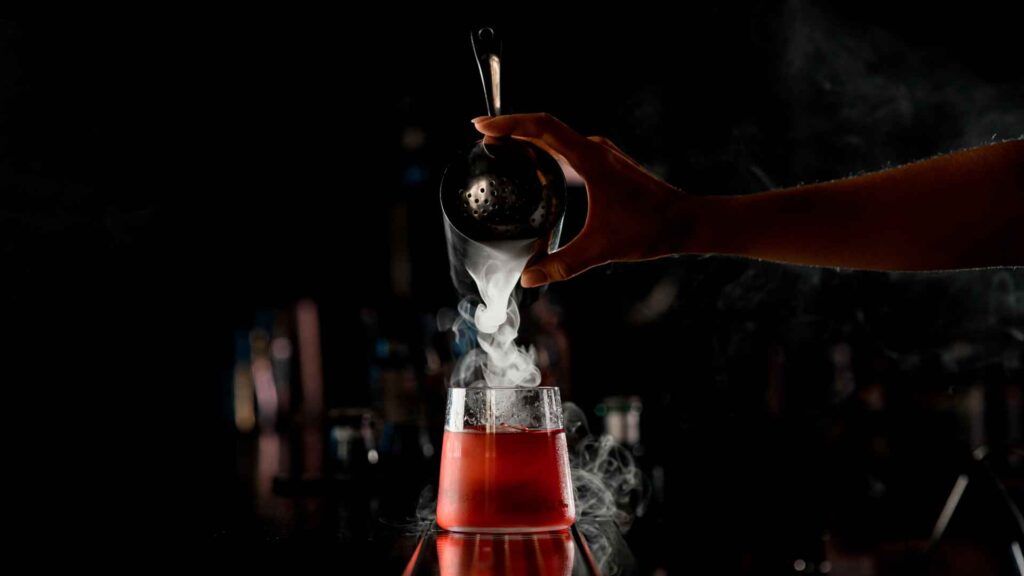Not too long ago, premiumization was the buzzword in the global spirits market—people were drinking less but drinking better. Now, the latest data from IWSR, the leading analytics firm in the beverage industry, shows a shift. And when the top experts in the field speak up, it’s worth paying attention.
Premiumization: The Past
Let’s rewind a bit before diving into the changes. Over the past two decades, spending on alcohol steadily increased, and the pandemic only accelerated this trend. With limited opportunities for travel and socializing, many people had extra disposable income, which they funneled into higher-quality spirits. Despite a decline in overall sales volume, revenues held steady or even increased because consumers were buying less but opting for premium bottles.
The New Trend in Premiumization
Since 2020, things have taken a turn. As daily expenses like travel and social outings picked up again, the trend of premiumization started to cool off. IWSR points out that people are drinking less overall, impacting categories like spirits that had previously benefited from premium spending. While the market took a dip in 2023 compared to 2022, a new segment has emerged: super premium products. Alongside this, a new kind of consumer has appeared, along with changes in when and how people are drinking.
A New Take on Premiumization

Let’s get specific. The U.S. market often sets the tone for global trends, and here’s what we’re seeing: sales of premium bottles (priced between $22.50 and $30.50) have dipped, but super premium bottles (priced above $30.50) are on the rise. It’s not entirely surprising—this segment has been climbing for the past two decades, with only a small pause in 2020. Now, we’re seeing both consolidation and expansion in this space.
Younger Consumers and More Women
The biggest shift is in who’s buying. The new wave of consumers isn’t the traditional older, male demographic with deep pockets. Instead, it’s younger drinkers, including a growing number of women. According to IWSR, these new buyers “tend to have broader tastes, a more adventurous mindset, and a stronger connection to drinks and cocktail culture.” They have a more holistic view of luxury, caring not just about the quality of the spirit or the look of the bottle, but also about how the brand aligns with their values and social identity.
Whiskey and Tequila Trends

Here’s a closer look: last year, whiskey drinkers in the U.S. skewed more Millennial (ages 27-42) and female (over one-third of consumers). Typically, they live with a partner and often have young children. They also tend to fall in the middle-to-upper income bracket, earning between $100k and $150k annually. When it comes to tequila, the shift is even more pronounced—nearly 50% of tequila drinkers are women, compared to around 33% in the whiskey category.
Changing Drinking Occasions
Consumption habits are evolving, too. While at-home drinking remains popular—a lingering effect of the pandemic—social occasions are making a strong comeback. Whether it’s hosting friends at home or going out to bars, people are embracing social drinking again. We are also seeing more spirits paired with food, and a shift away from neat pours in favor of cocktails.
The Future of Premiumization
While no one can predict the future with certainty, IWSR suggests that Millennials and women will play a key role in shaping what’s next. Their holistic approach to luxury and willingness to spend more are signals the industry can’t ignore. Take whiskey spending in the U.S., for example: on average, Millennials shelled out $55 per bottle, compared to $44 for Gen X and $39 for Boomers.
In short, premiumization is evolving, and the focus is shifting towards super premium choices and new demographics. As drinking culture continues to adapt, brands that can connect with younger, more diverse consumers while offering authentic, high-quality experiences are poised to thrive.






